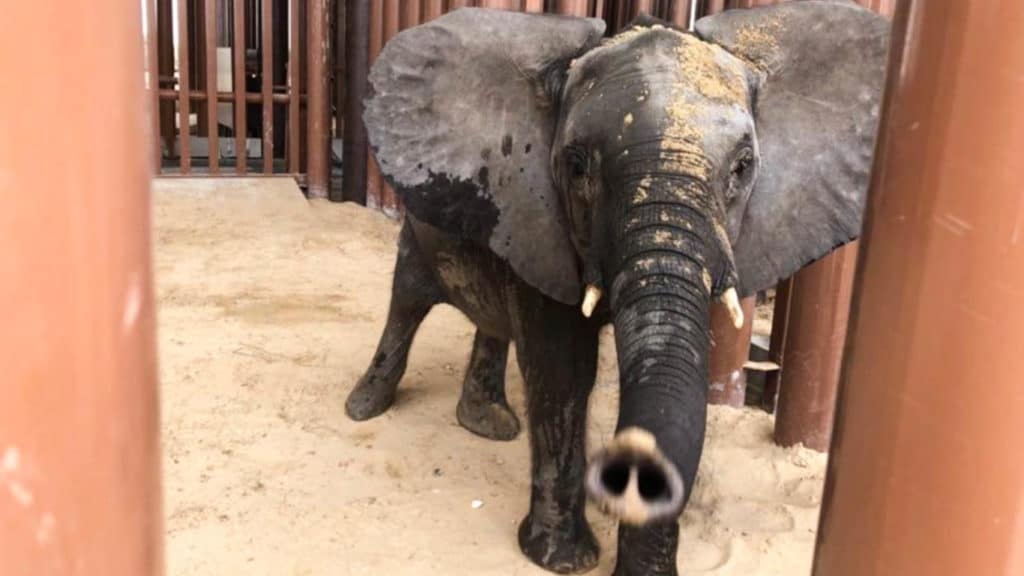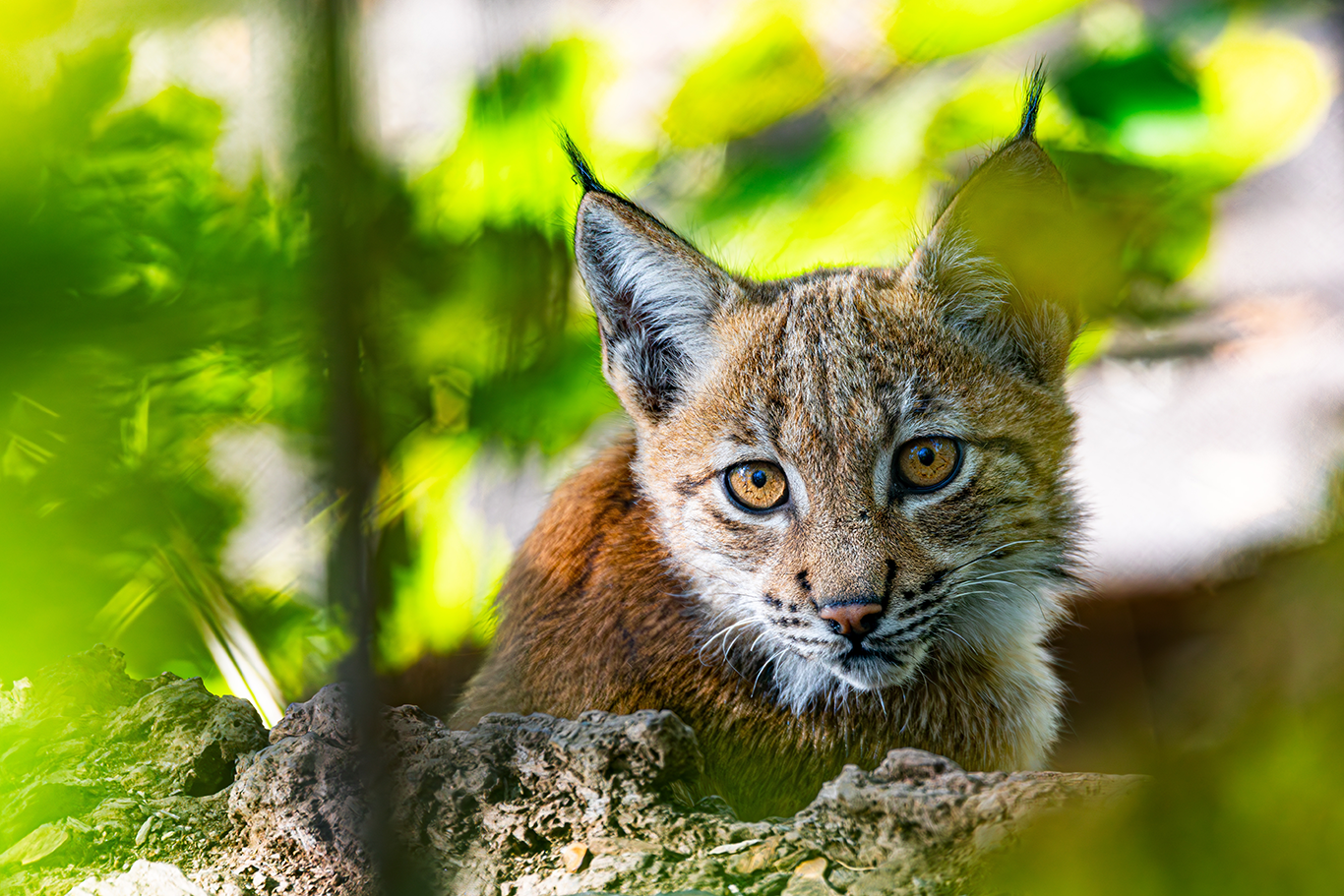The recent export of 22 wild-caught elephants from Namibia to zoos in the United Arab Emirates (UAE) has sparked outrage at the county’s flagrant disregard of international agreements and appalling cruelty to elephants. Moving wild-caught elephants into zoos has been outlawed since 2002, but Namibian officials chose to ignore the rules.
The elephants moved are said to have been taken from a small, fragile population of Namibia’s desert-adapted elephants. In a startling image circulating on social media, 13 of the Kamanjab desert elephant herd can be seen lurking beneath fake umbrellas in the Al Sharjah African Theme Park near Dubai. “Does this look like elephant range country to you?” says John Grobler of South Africa’s Daily Maverick in his argument directed towards Namibia’s Ministry of Environment, Forestry and Tourism (MEFT).
To make matters worse, the elephants were not captured and exported in accordance with appropriate elephant conservation practices to maintain strong family structures. The MEFT specified that the elephants were to be transported as an entire herd, and that calves should not be left behind. However, at least three calves were separated from their mothers. One young calf, whose mother remained in Kamanjab during the capture process, was in such poor condition that is highly unlikely to have survived the journey to a non-range country. Part of the Kamanjab desert elephant herd was sent to two different zoos and are now split into three groups. Five of the elephants, including new-borns and their mothers, appear to have been sent to a private zoo belonging to one of the UAE sheikhs.
The 22 exported elephants do not even make up the entire herd – a few individuals were left behind in Namibia. According to Stefania Falcon of the Pro Elephant Network (PREN), this has serious implications for the overall well-being of the captured and remaining elephants. PREN is campaigning to halt the capture and export of elephants altogether.
A 2021 report revealed that the entire population is now at risk of collapse due to overexploitation, drought and human encroachment. Of the thousands of elephants that roamed a century ago to the west of Namibia’s largest nature park, only a handful remain. The MEFT justifies the recent export as a much-needed solution to human-wildlife conflict, and even denies that the relocated individuals belonged to the fragile, desert-adapted population: “The 22 come from a healthy population of elephants, a population that has grown and continues to grow leading to increased conflicts with humans,” claimed MEFT spokesman Romeo Muyunda.
“The Namibian government is facing heavy and valid criticism,” says David Barritt of Animal Survival International. “They are starkly exaggerating human-wildlife conflict to justify the unfounded capture and sale of these elephants.”
Numerous legal opinions reveal that the capture and transportation of wild elephants in Namibia to non-range state was unlawful. There will be further discussions on this issue when CITES meets in Panama in November, but there are major concerns that the remaining 20 auctioned elephants could be captured and exported before then.
Banner image: EMSFoundation_Facebook





